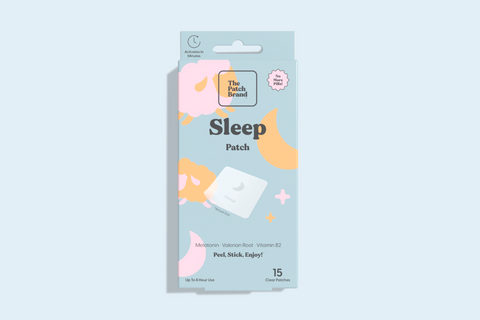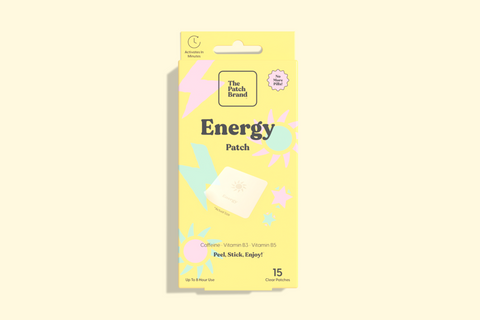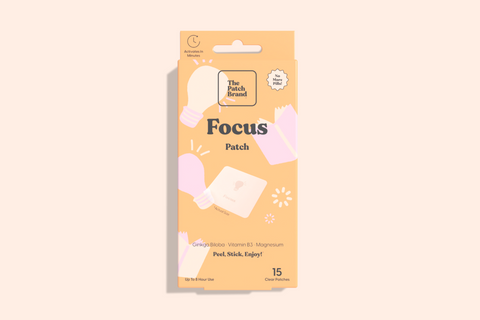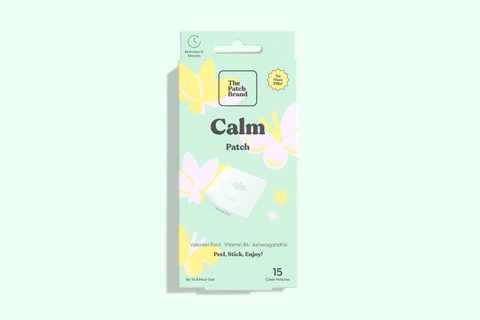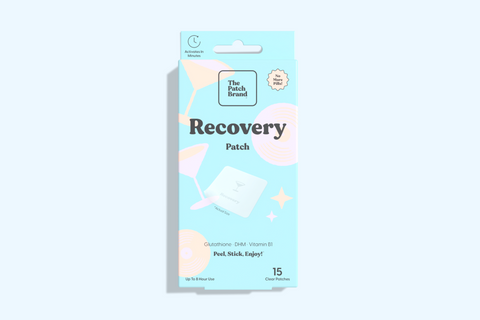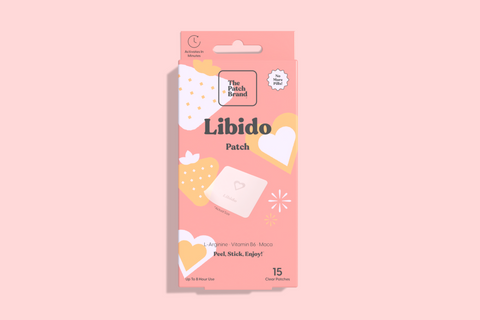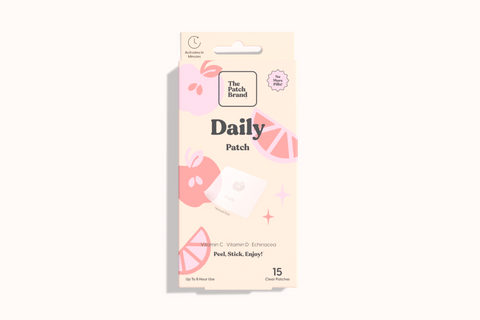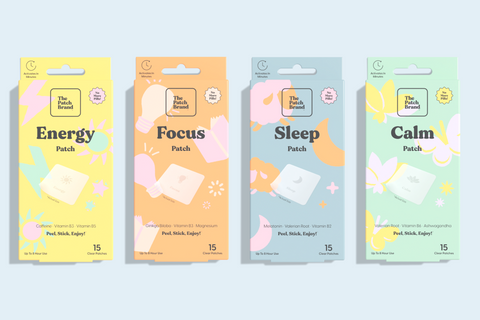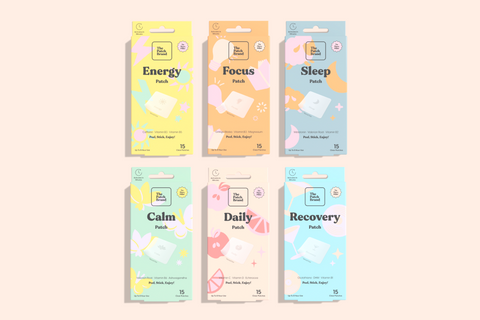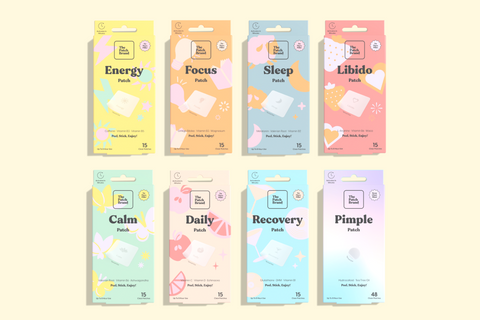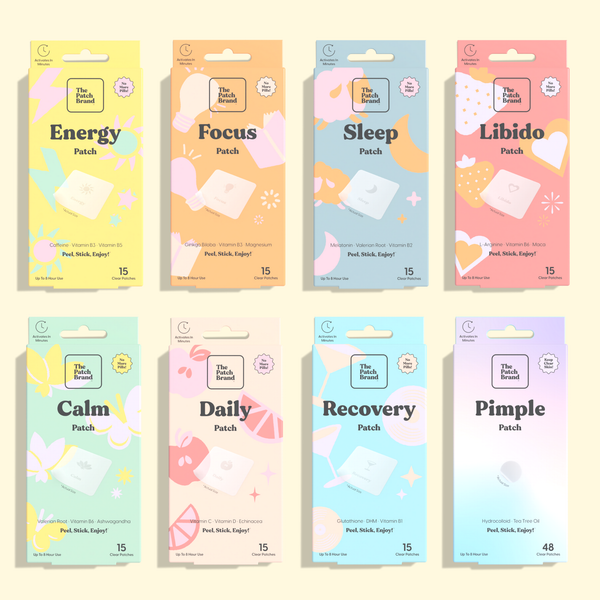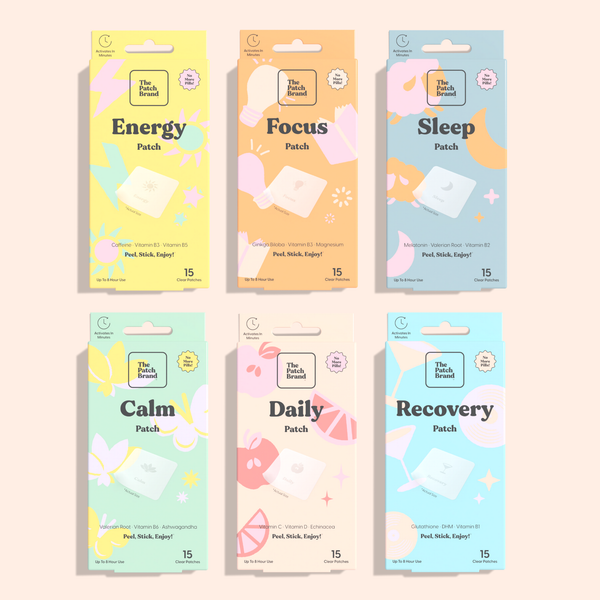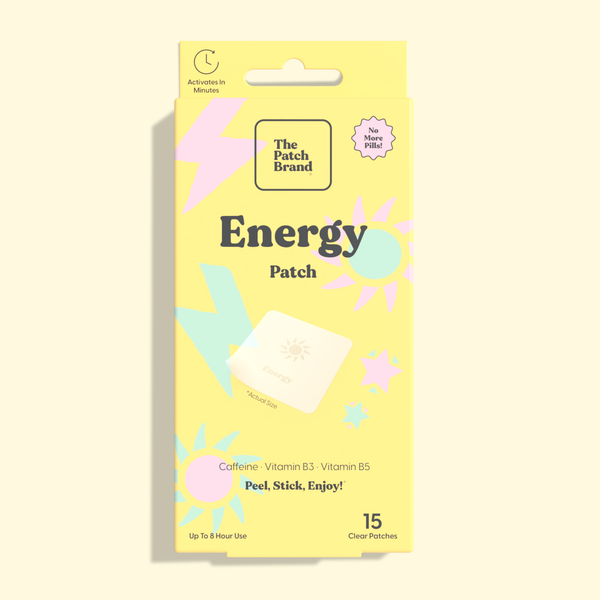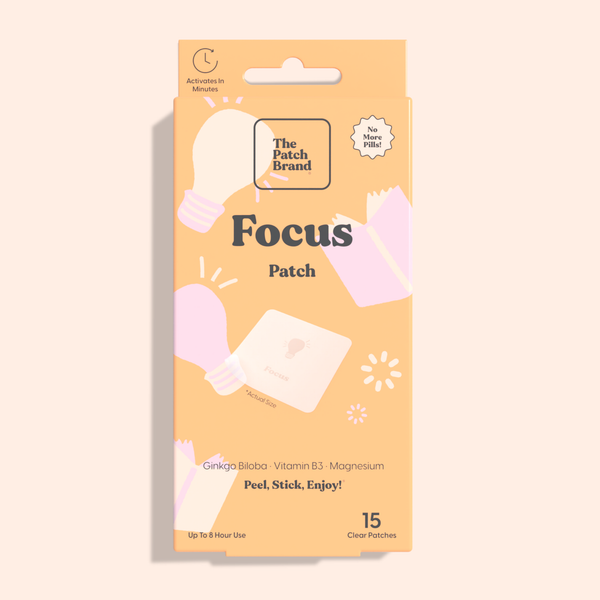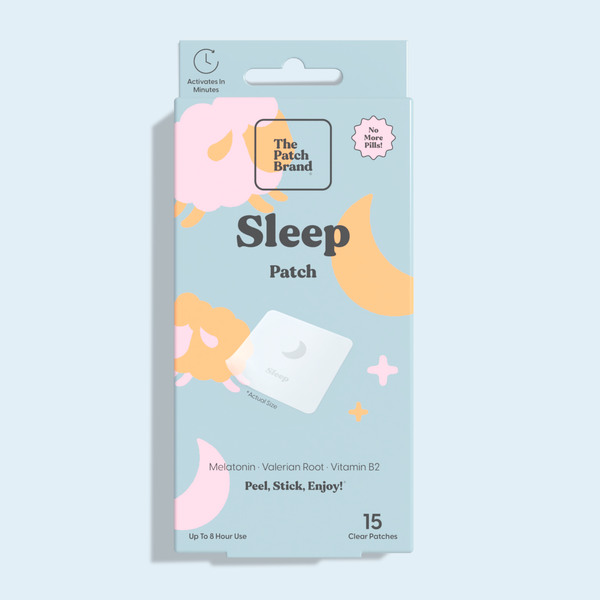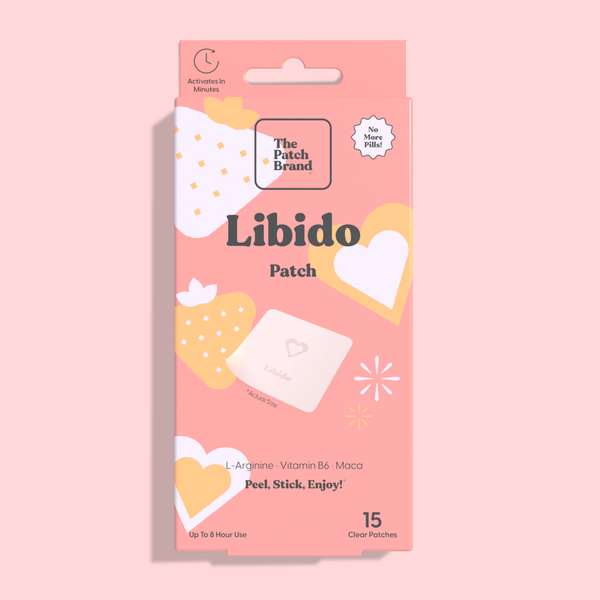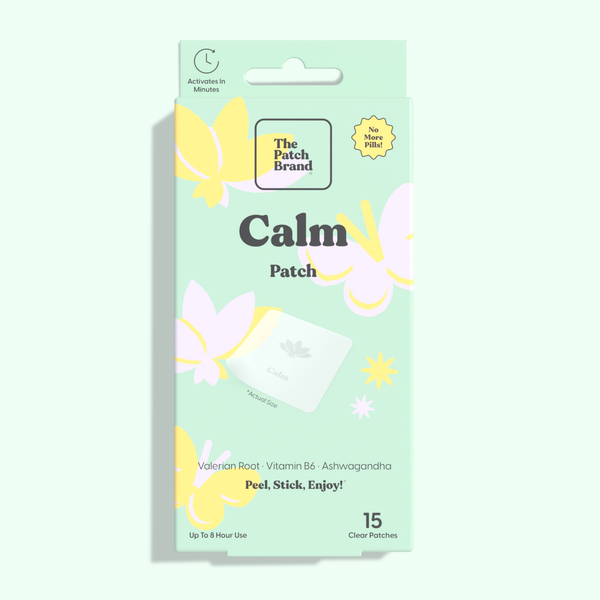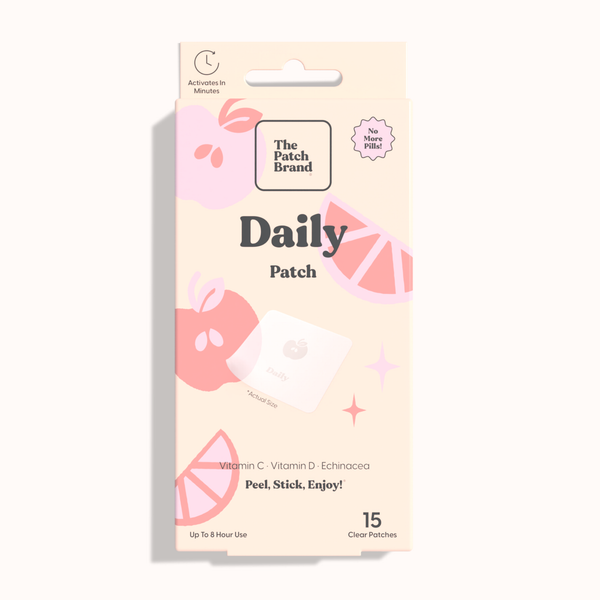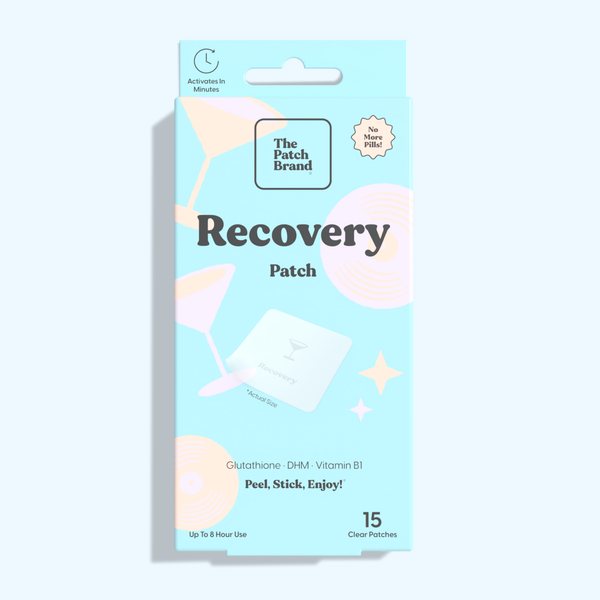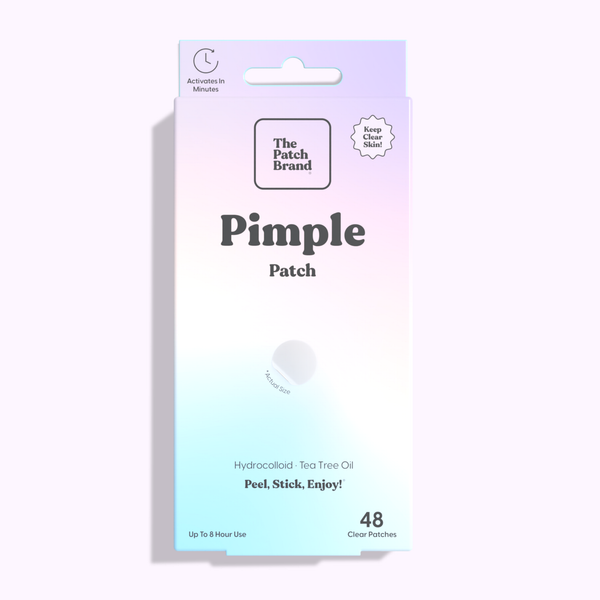Pimple patches have emerged as a revolutionary solution for those struggling with acne, offering a simple yet effective method to address breakouts directly. Unlike traditional acne treatments that may require application over larger areas, these patches target individual pimples, providing a focused approach to healing. They are small, adhesive patches that can be applied directly onto a pimple. The key to their effectiveness lies in their composition, often containing hydrocolloid technology, which is known for its ability to absorb excess fluid and create a moist environment conducive to healing.
The Science Behind Pimple Patches
What Are Hydrocolloid Patches?
Composed of a gel-forming agent like carboxymethylcellulose, these patches create a moist environment that promotes healing while absorbing excess fluid, such as pus and oil, from the wound or, in this case, a pimple. This technology has been adapted to the skincare world to offer a specialized solution for acne breakouts. The adhesive nature of these patches not only serves to isolate the pimple from external irritants but also prevents the temptation to pick or squeeze, which can lead to further inflammation or scarring.
The Role of Hydrocolloid Technology in Healing
Hydrocolloid technology plays a pivotal role in wound healing by fostering a sealed, moist environment that significantly enhances the skin's natural repair processes. This specialized environment is crucial for effective skin recovery, as it not only shields the wound from external contaminants but also maintains optimal hydration levels essential for healing. The moisture trapped beneath the hydrocolloid patch actively dissolves damaged tissue, facilitating the generation of new, healthy skin cells. Consequently, this technology accelerates the healing timeline, offering a dual benefit of protection and moisture management that is integral to the formation of healthy tissue and the overall speed of recovery.
Protecting the Affected Area from Further Infection
One of the key benefits of using the best pimple stickers is their ability to protect the affected area from further infection. By covering the pimple, the patch acts as a barrier against external pollutants, bacteria, and even the user's fingers, which may carry germs that can exacerbate the condition. This barrier function is essential in preventing secondary infections, which can occur when a pimple is exposed to a non-sterile environment.
Benefits of Using Pimple Patches
Discreet Treatment Options for Overnight Use
Many patches are designed to be transparent or flesh-toned, making them barely noticeable when worn. This allows users to go about their nightly routine, or even wear the patches out during the day, without drawing attention to their acne treatment. The convenience of being able to treat acne while you sleep, coupled with the patches' discreet appearance, makes them a favored choice for individuals leading busy lifestyles or those who prefer a more inconspicuous method of acne management.
Integrating Pimple Patches into Skincare Routines
Adding pimple patches to your skincare routine can significantly improve how you manage acne, blending effortlessly with your current skincare products. These patches are designed for convenience and effectiveness, making them a versatile addition to any skincare practice. Here's how:
-
Flexible Timing: Whether you're an early bird or a night owl, pimple patches adapt to your schedule. You can apply them as part of your morning routine to protect and treat your acne throughout the day or use them overnight, allowing the active ingredients to work while you sleep.
-
Consistent Use: The simplicity of applying pimple patches encourages regular use, which is crucial for seeing significant results. Unlike some targeted acne treatments that require time-consuming applications or have unpleasant textures, pimple patches are discreet and comfortable, making it easier to stick to a consistent treatment plan.
-
Targeted Treatment: Pimple patches are designed to concentrate treatment on a specific area, ensuring that the rest of your skin is free from unnecessary exposure to active ingredients. This targeted approach prevents the drying or irritation that can come from broader acne treatments, allowing you to continue using your favorite skincare products on the rest of your face without interference.
Incorporating pimple patches into your skincare routine is not just about addressing acne; it's about enhancing your overall approach to skin health. Their design for targeted treatment, combined with the ease of use and compatibility with other skincare products, makes pimple patches a smart addition to any regimen.
Different Types of Pimple Patches
Best Pimple Patch Options on the Market
For general use, hydrocolloid pimple patches are widely recommended due to their versatility and gentle mechanism of action. For those with more persistent or inflammatory acne, medicated patches containing active ingredients can provide additional benefits. It's important to test a few different types to discover which formulation offers the most benefit for your skin type and acne concerns.
Best Blemish Patches for Different Acne Concerns
For instance, patches infused with hyaluronic acid are excellent for those looking to maintain hydration while treating their acne. Alternatively, patches with niacinamide can help to soothe inflammation and promote skin barrier repair in addition to treating the pimple. It's beneficial to consider patches that offer secondary benefits that complement your skin's needs.
Application and Removal Tips
Correct Ways to Apply Pimple Patches
To harness the full potential of pimple patches, applying them correctly is crucial. This not only ensures they stick well but also that they provide the optimal healing environment for your blemishes. Here’s a guide to doing it right:
-
Cleanse Skin: Begin with thoroughly cleansing your skin to remove all traces of dirt, oil, or makeup from the area where the patch will be applied. This step is vital because the presence of any residue can hinder the adhesive's ability to form a secure bond with the skin, reducing the patch's effectiveness.
-
Dry Area: After cleansing, it's essential to ensure the skin is completely dry. Any moisture on the skin can prevent the patch from sticking properly, leading to slippage or reduced efficacy. Pat the area gently with a clean towel or let it air dry for a few moments until there's no moisture left.
-
Apply Gently: Carefully place the patch over the pimple, making sure to center it over the blemish. Press down gently around the edges to secure it in place, ensuring there are no air bubbles underneath. This careful application helps the patch form a protective seal around the pimple, isolating it from external factors that could impede healing.
-
No Underlying Products: Do not apply any skincare products underneath the patch. Lotions, creams, or serums can interfere with the adhesive, preventing the patch from sticking. Moreover, these products can block the patch's active ingredients from reaching the pimple, diminishing its healing capabilities.
By following these steps, you ensure that each patch provides the best possible conditions for healing, making them a valuable tool in your skincare arsenal. This methodical approach not only aids in the speedy recovery of pimples but also complements your overall skincare strategy, maintaining skin health and clarity.
Ensuring Maximum Efficacy Through Proper Removal
Peel the patch off slowly from the edges, working your way toward the center to minimize any stress on the skin. If the patch seems resistant, you can moisten it slightly with warm water to help ease it off. After removal, cleanse the area gently to remove any residue. It’s important not to rush this process to avoid irritating the skin or damaging the healing pimple.
Common Mistakes to Avoid
A few common mistakes can diminish the effectiveness of the best hydrocolloid patches. One such error is applying the patch on wet or moisturized skin, which can prevent it from sticking properly. Another mistake is leaving the patch on for too long; while it can be tempting to try and get the most out of each patch, wearing it beyond the recommended time frame (usually between 6 to 8 hours for daytime and up to 24 hours for some overnight patches) can lead to skin irritation or reduced efficacy. Additionally, using a patch that is too small for the blemish or not changing the patch regularly can also hinder the healing process.
Tips for Sensitive Skin Types
Look for patches that are specifically labeled as suitable for sensitive skin, which often means they are free from potential irritants like fragrances or harsh active ingredients. Conducting a patch test on a small area of skin before full application can help measure your skin’s reaction. Additionally, limiting the duration of the first few uses can help your skin adjust to the treatment. If irritation occurs, discontinue use and consult a dermatologist.
Addressing Common Questions and Misconceptions
The Effectiveness of Pimple Patches for Severe Acne
While zit stickers are praised for their ability to treat mild to moderate acne, particularly surface-level pimples like whiteheads, their effectiveness on severe acne, such as cystic or nodular acne, is more limited. These deeper, more inflamed forms of acne often require systemic treatment approaches, including prescription medications. However, pimple patches can still play a supportive role in a comprehensive acne treatment plan by protecting these lesions from external irritants.
Reusing Pimple Patches: Yes or No?
Reusing pimple patches is not recommended. Once a patch has been removed, its adhesive quality and hygienic integrity are compromised, making it less effective and potentially a breeding ground for bacteria. Additionally, the patch's ability to absorb exudate from the pimple is significantly reduced after initial use. For these reasons, it's important to use a new patch each time to ensure the treatment is effective and to maintain skin health. Always dispose of used patches according to the package instructions to avoid any risk of infection.
Integrating Pimple Patches into Your Acne Care Routine
Combining Pimple Patches with Other Acne Treatments
It's essential, however, to be mindful of the products used alongside patches to avoid irritation. Use gentle cleansers and non-comedogenic moisturizers to maintain skin hydration without clogging pores. If you're using topical treatments like benzoyl peroxide or salicylic acid, apply them to areas not covered by patches to prevent interactions that could reduce the efficacy of the patch or irritate the skin.
Lifestyle Changes to Complement Pimple Patch Use
Adequate hydration, a balanced diet rich in antioxidants and omega-3 fatty acids, and reducing stress through activities like yoga or meditation can improve skin health. Additionally, ensure you're getting enough sleep and practicing good hygiene, such as regularly washing pillowcases and not touching your face. These habits, combined with the targeted treatment provided by pimple patches, create a holistic approach to managing acne, leading to clearer, healthier skin over time.
In conclusion, pimple patches represent more than just a novel acne spot treatment; they are a symbol of the evolving landscape of skincare, where convenience, effectiveness, and consideration for sensitive skin are paramount. By integrating these patches into our skincare routines and understanding their proper use, we can tackle acne in a way that is both effective and gentle, paving the way for healthier skin. As we continue to embrace these innovations, the future of skincare looks promising, with pimple patches leading the charge in the fight against acne.
